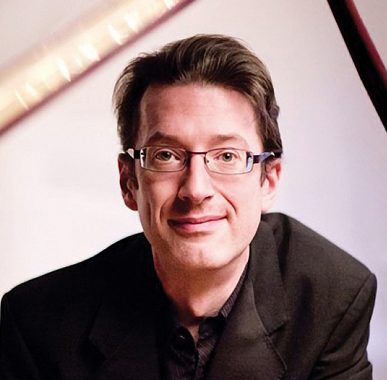Leipzig Gewandhaus Orchestra, Chailly, Barbican Hall
The venerable and venerated Leipzig Gewandhaus Orchestra gave the first ever complete cycle of Beethoven symphonies and Riccardo Chailly, their 19th Kapellmeister, was impatient to renew that sense of revelation and surprise in an age when each of the nine has grown so familiar that restoring the elusive shock-of-the-new factor can and does separate the sensation-seekers from the scholars. Chailly falls firmly into the latter category with each breathtaking disclosure springing from a deep and abiding understanding of the text. In short, he takes Beethoven at his word.
But before the Beethoven, there was Steffen Schleiermacher – one of five composers invited by Chailly to meditate on Beethoven’s enduring legacy. His piece – Stasis. Movement, With Beethoven’s First – takes its lead from the opening of the First Symphony but where Beethoven throws down a provocative dissonance immediately to compromise the C major home key, Schleiermacher bangs out pure C major in convulsive reiteration as if trying to shake off the consonance. The spirit of Beethoven prevailed here in a dogged timpani-driven persistence with moments of glassy immobility suggesting an uneasy contemplation.
But then came the source of the inspiration – Beethoven’s First – its charm offset by its audacity, its jokes sprung with theatrical relish. Under Chailly it sang and chortled with sometimes seemingly indecent haste – but there was a logic in everything and come the slow, stern, introduction to the finale, Chailly shook even the expectation of a swift Allegro molto putting the molto back into the tempo marking with devilish intent and pushing even the optimistic metronome marking. Articulation and dynamic management were genuinely startling.
The orchestra’s warm and woody sound is a constant source of pleasure, its first oboe and flute possessed of an airiness and singing quality that must delight their Italian conductor. In the 7th Symphony those dancing inner parts leavened the texture of what is the most overtly masculine of the symphonies. The great striding tuttis of the introduction seemed to come up through the floor and once into the cosmic dancing of the piece Chailly’s way with rhythm became elemental, writ large, larger, largest. There was momentum even in the too often portentous second movement Allegretto, the scherzo’s trio pressed forward on blazing trumpets, and the ferocious jubilance of the unstoppable finale brought jaw-droppingly virtuosic timpani playing. The odyssey continues.
Jonas Kaufmann, Royal Festival Hall
You May Also Like

A Conversation With LLYR WILLIAMS
02/09/2010
A Conversation With VICTORIA WOOD: New TV drama, ‘Loving Miss Hatto’
21/04/2016